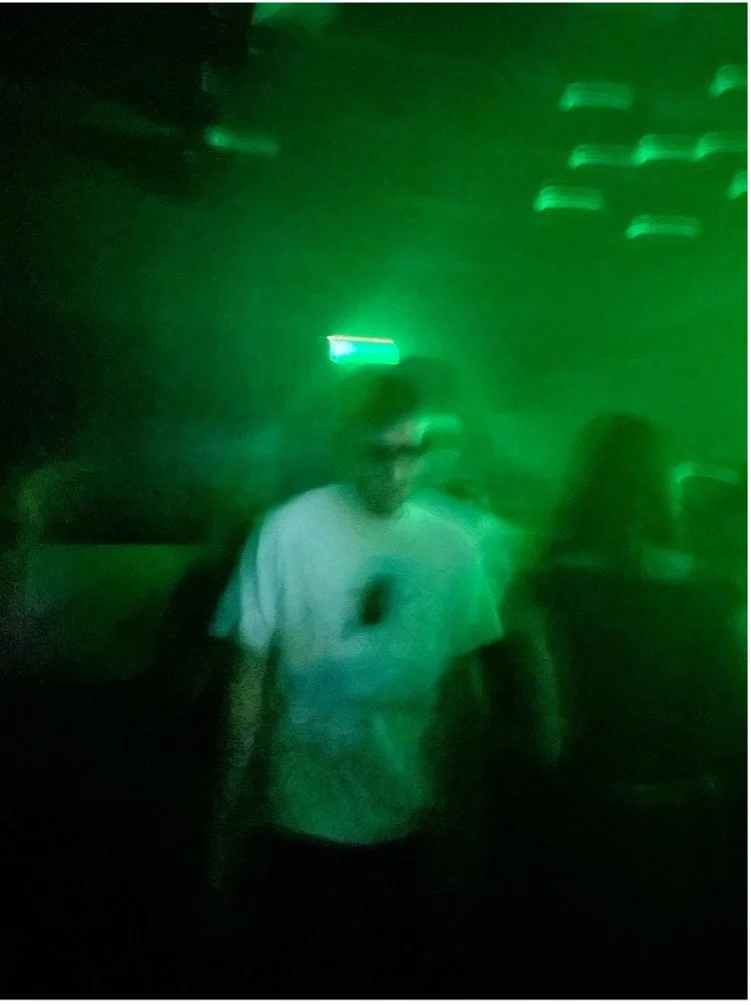He aha te āhua o te whakamahi i te ketamīna?* What’s going on with ketamine use?
Written by Jai Whelan
Ketamine is one of many substances in a growing list of psychedelics and psychedelic-like substances that have significant therapeutic potential. Various people are conducting clinical trials in Aotearoa using the substance, although little is known about illicit use. We in the Aotearoa Ketamine Survey Team would like to find out more about ketamine use trends, to better minimise some of the harms associated with use and maximise the pleasures and others benefits.
Ketamine is part of the arylcyclohexylamine family, originally derived from PCP, and mainly works by blocking NMDA (glutamate) receptors. It’s known for strong dissociative effects but doesn’t usually cause serious breathing issues, which makes it useful in medicine for pain relief and anaesthesia.
Decades after its medical use began, researchers started looking into ketamine for treating depression and other conditions. Some studies show it can work fast as an antidepressant, but there’s still debate about how long the effects last. Clinical trials are ongoing.
The “left-handed” version of ketamine (esketamine) is approved here for treatment-resistant depression, while regular ketamine is sometimes prescribed off-label. It’s classified as a Class C4 controlled drug under the Misuse of Drugs Act 1975.
Two concentrations of Ketamine Hydrochloride in solution for injection. Doc James, Wikimedia Commons.
Unsurprisingly, ketamine is also used recreationally due to various desirable effects: dissociation, sedation, reduced anxiety, sensory changes, and euphoria. Though it’s been used illicitly for years, research shows its use is rising across the globe.
Although generally rated as safer than many other drugs, ketamine has been linked to deaths — often involving other substances. Risks include heart issues, high blood pressure, accidents, and greater danger when mixed with depressants like booze or opioids (e.g., choking on vomit, blackouts). Long-term use can also harm the bladder, though we don’t yet know why. The first case of ketamine-related bladder damage in Aotearoa was recently published in the NZ Medical Journal, raising concern locally.
Locally, we don’t know much about ketamine use. The NZ Health Survey showed 3.1% used a hallucinogen (including ketamine) in the past year — though this category includes LSD and mushrooms too, so it’s hard to get a clear picture.
(Note: The psychedelic classification of ketamine has been debated)
Customs and drug-checking data suggest ketamine use is rising, with more samples tested by KnowYourStuff and more border seizures. Needle Exchange staff have also said that more people are injecting ketamine, including first-time injectors.
The NZ Drug Trends survey is our best info source. Nineteen percent of the most recent respondents reported ketamine use, especially in Otago, Canterbury, and Wellington, likely tied to partying in the cities.
Interestingly, 28% (~400 people) who used psychedelic drugs therapeutically said they took ketamine for that reason — sourcing it from the black market to avoid dealing with our (broken) healthcare system.
Anecdotally, I’ve seen a lot more use at festivals and in the clubs (excluding my own use!) and many more conversations are being had about its potential therapeutic value. I’ve also seen a lot more people throwing up after downing a box and snorting off a key.
A recent photo of me in Hide, Ōtautahi, which I think represents how some people feel when using ketamine.
Of course, our drug checkers are broadly applying harm reduction principles in their mahi to try and best inform our community. It would be much nicer however to give out more targeted guidance to my fellow wonky kiwis. Without more info, we are bumping around in the dark (hehe).
To try and fill the gaps, some colleagues and I have designed and launched a new survey to get a better picture of what’s going on.
We have a number of interest areas, but the following questions are top of mind:
1. What does ketamine use look like in Aotearoa?
2. Why do people use it?
3. What adverse effects, harms, and benefits, do people who use ketamine in Aotearoa experience?
4. What harm reduction practices are utilised by people who use ketamine in Aotearoa?
If you’d like to participate, you can access the survey and associated informationhere.
Nāku, nā
Dr Jai Whelan (Ngāi Te Rangi, Pākehā) and the Aotearoa Ketamine Survey team (Dr Rose Crossin, Dr Brin Ryder, and Stassi Kypri).
*Note: There is currently no kupu Māori for ketamine, so I transliterated the word for the purpose of the title. I am however interested in the development and use of language in the drug and harm reduction space. Thinking more poetically, perhaps a term like “rongoā whakawehewehe” (medicine that separates/detaches) would be suitable…?



